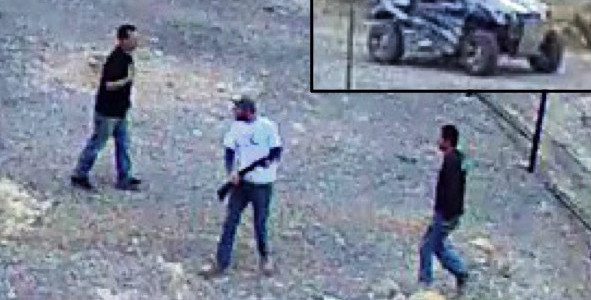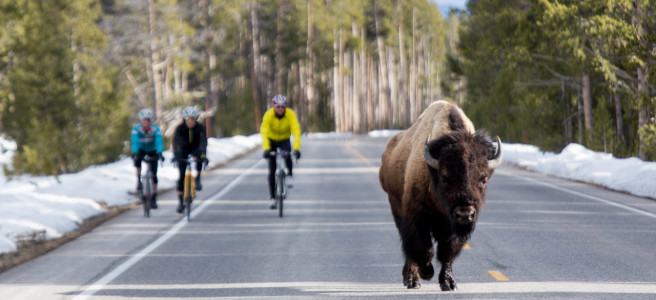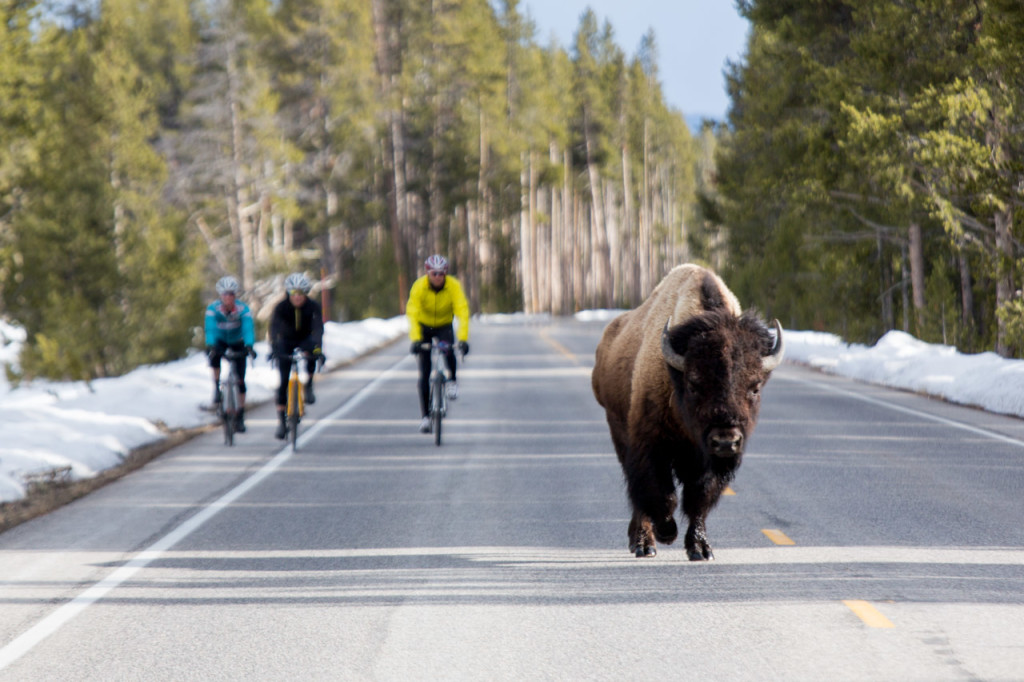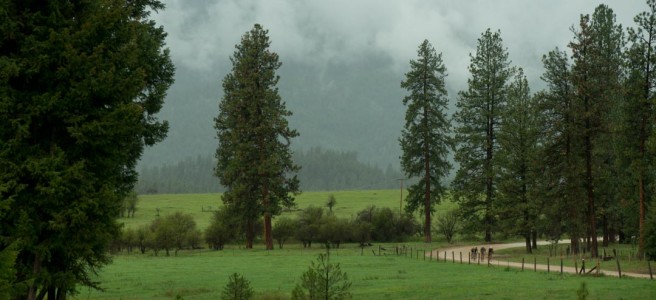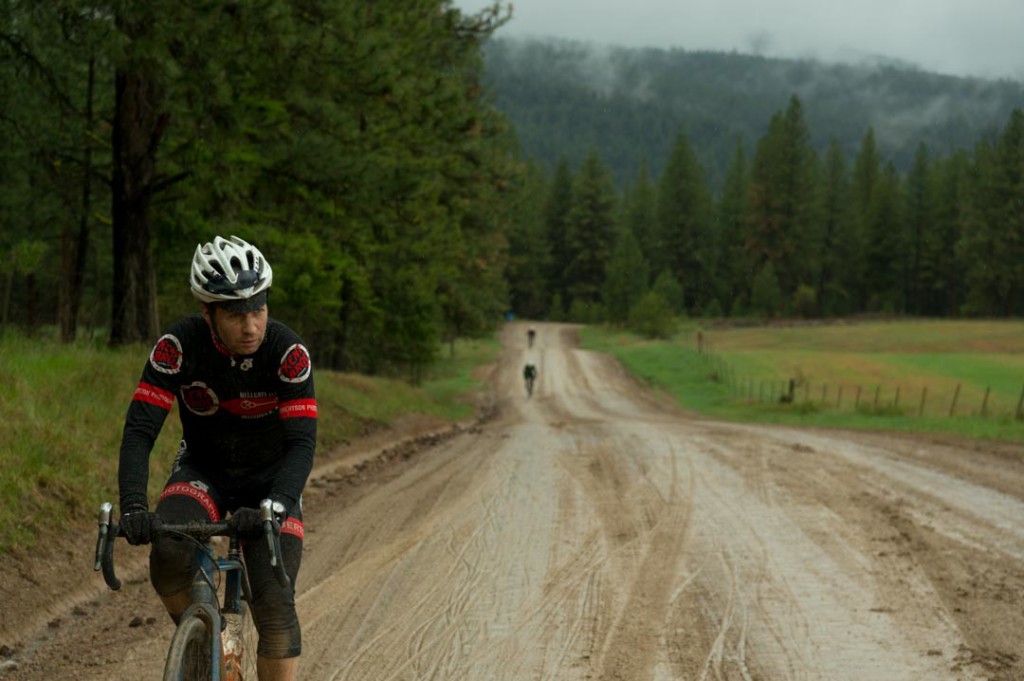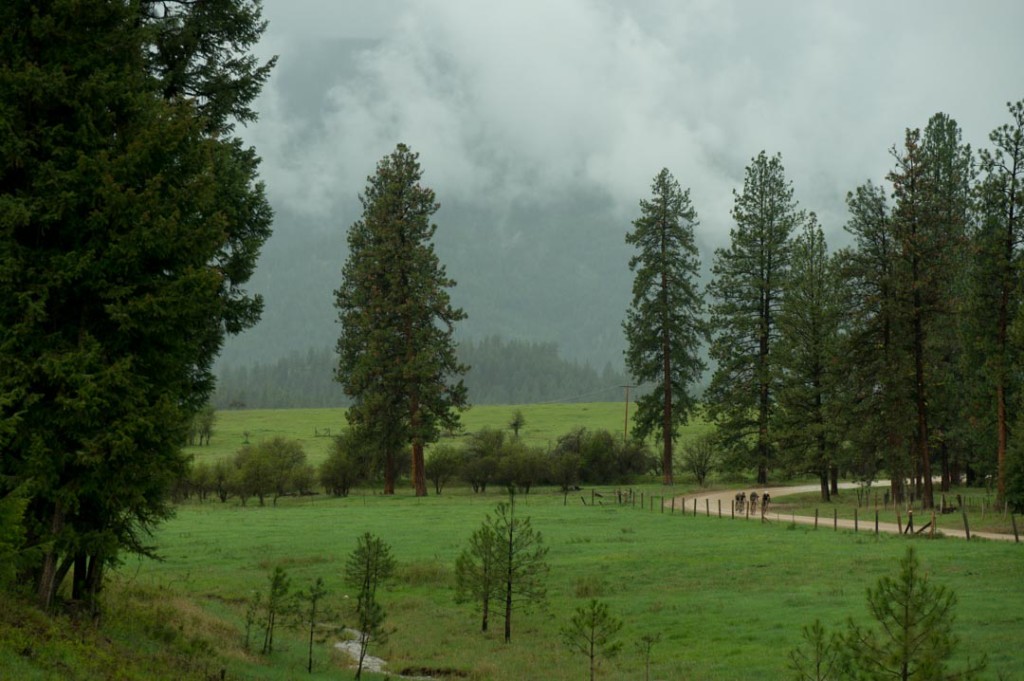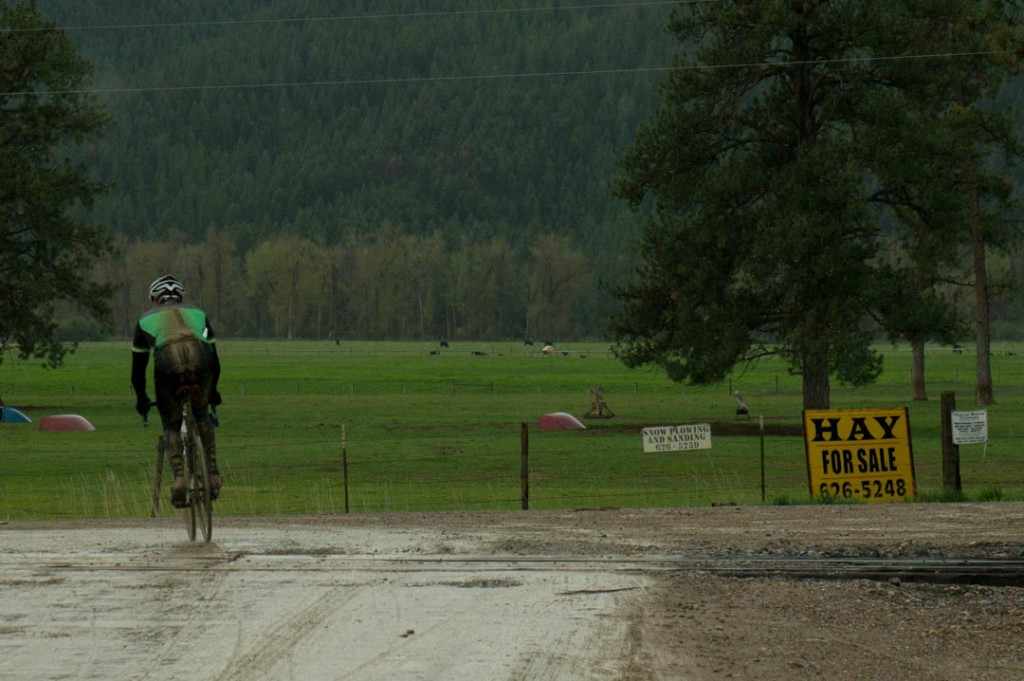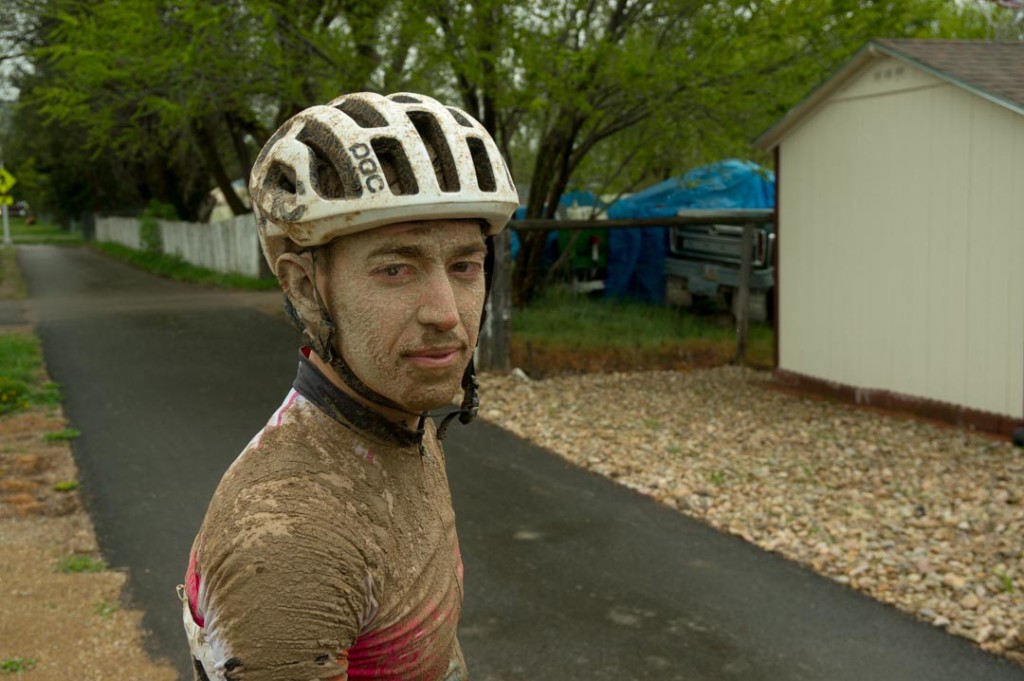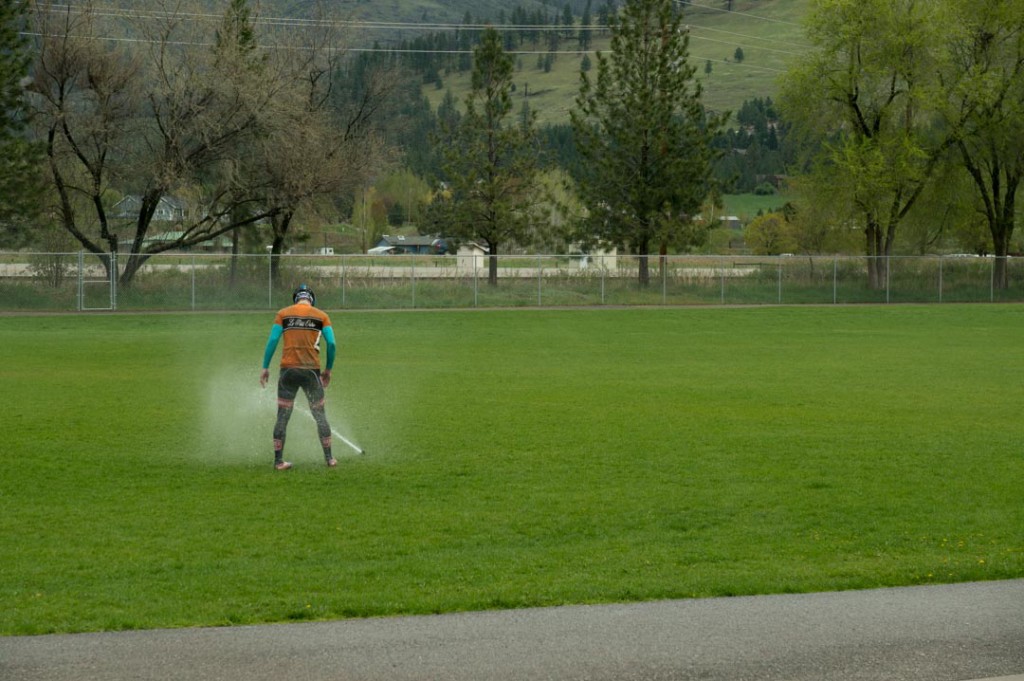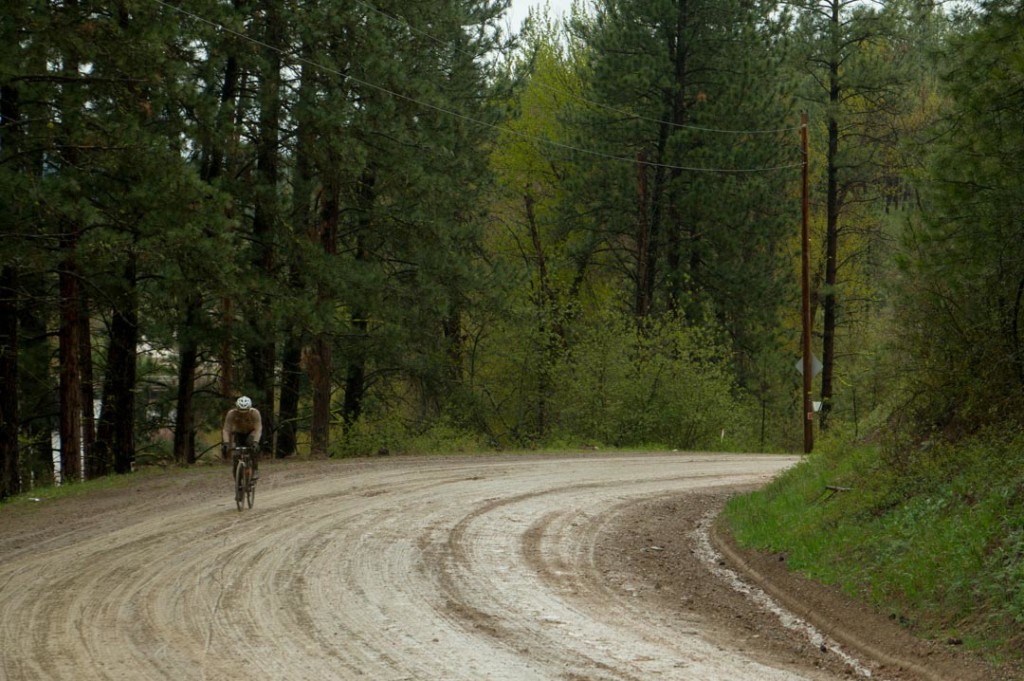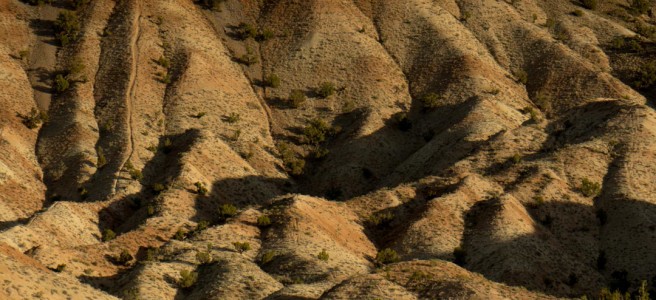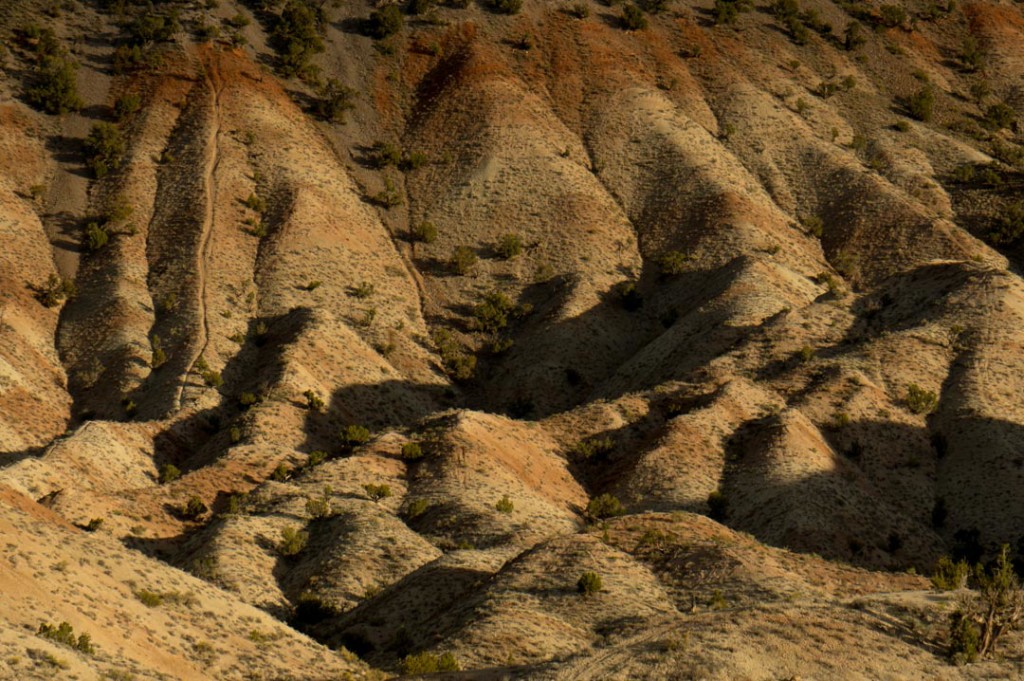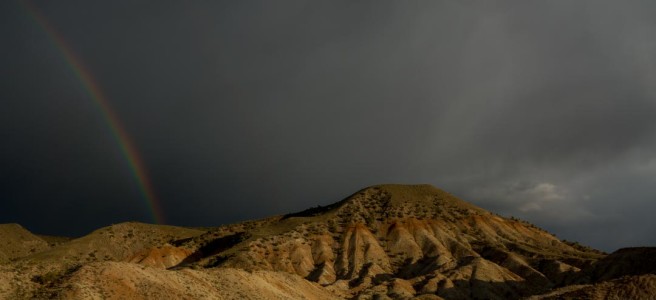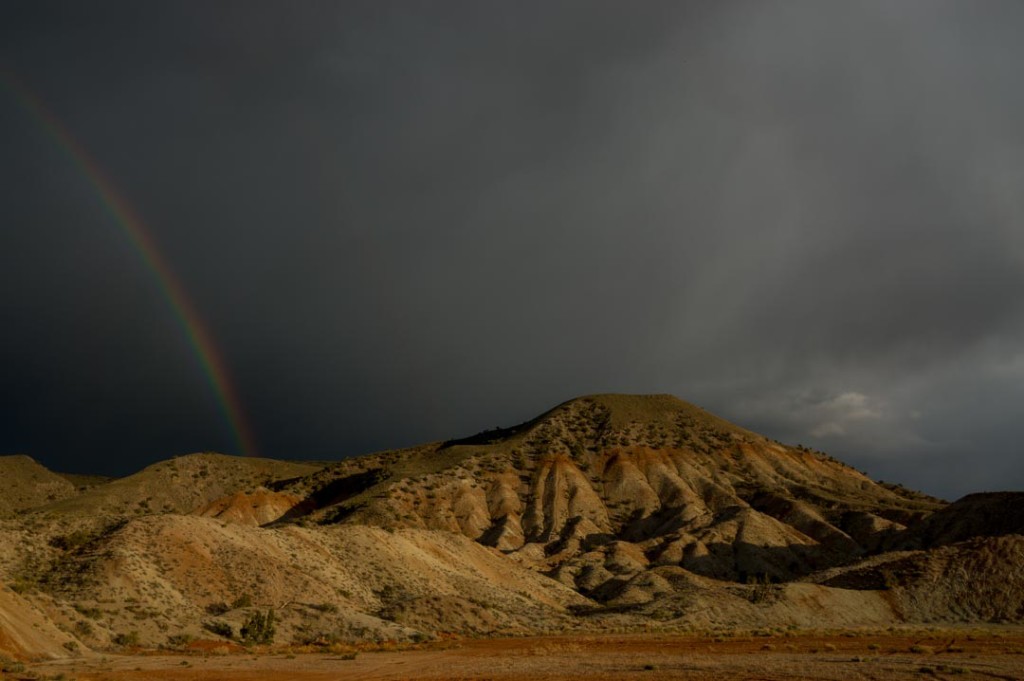I’d like to take a moment to thank each and every one of you for sharing the post from a few weeks ago. My heart has been warmed over the last month, here in western Montana, as visitors from across the globe have really embraced the Spirit of the Parks.
I’d like to tip my hat to a few honorable mentions.
The Bison Petter – I suggested last time that as long as you’re in a Park, you should probably pet the wildlife. Well, this go getter right here embraced the challenge. You’ll also notice that she has participated in an age old National Parks tradition that I completely forgot to mention before: shopping. Notice the plastic bag, and join me in quietly speculating at the Yellowstone National Park(TM) bounty that she has received. Could it be YNP shot glasses? Ironic post cards? Coasters? COULD SHE HAVE COASTERS!?!? We may never know. The only demerits worth mentioning in this video are the idiotic filmers who have the gall to wonder where the rangers are. We can govern ourselves, thank you very much.
The Good Samaritans – Yellowstone National Park really does bring out the best in people. Just last week these attentive citizens noticed that a bison calf appeared to be cold. It’s well documented that bison fare poorly in cold weather, and these good people were concerned. Like any good Christian they immediately dismounted from their rented SUV (another great reason to upsize the family car!), tackled the calf, loaded it into the Sequoia, and drove the creature to the nearest ranger station. I’m just glad these people stepped in, or that baby buffalo surely would have died*.
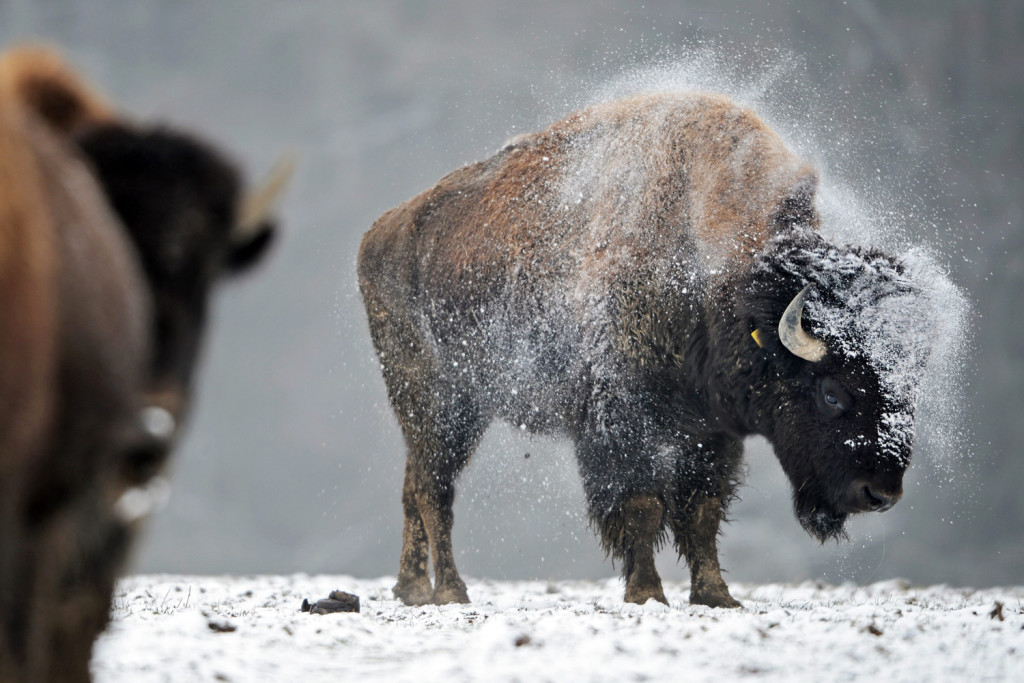
The Greatest Generation – Tom Brokaw would have us believe that those Americans who grew up during the Great Depression, told Hitler to kick rocks, and pioneered the cul-du-sac “neighborhood” made up the Greatest Generation. Well, Tom Brokaw clearly had never met these fine specimens. They managed to bring together everything that’s making this country great again. I mean, anyone can skinny dip, or drink ’til they puke, or shoot up signs, or rally a dune buggy through sensitive ecosystems, or kill an endangered species. Alone, each of those things is elementary. But to do them all at the same time? In a National Park? Well, someone get these guys a medal. Ladies and gentlemen, I believe that Donald Trump has found his running mate.
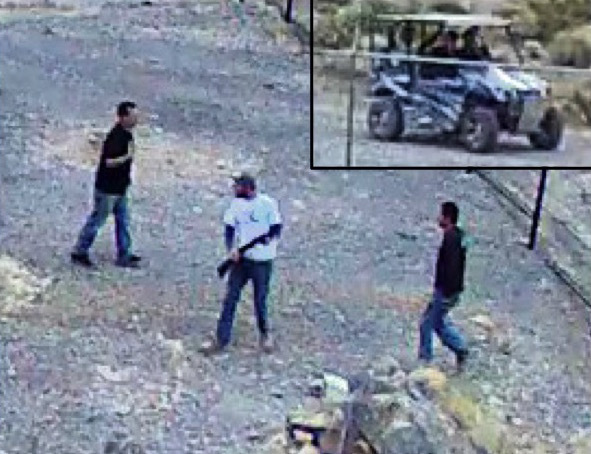
So keep it up, America. The Park Service only turns 100 once. Get out there and enjoy it!
*Oh wait actually they killed it.
Like

